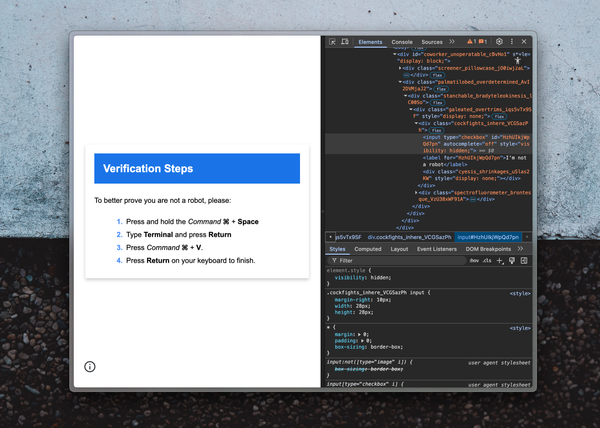How to build an air quality monitor using Raspberry Pi Zero W
I built a room air quality monitor that displays the temperature, humidity, CO2 density, and barometric pressure for my home office

Hi, it’s Takuya.
Knowing the air quality is useful to keep yourself productive because the bad air quality would affect your brain performance more than you’d think. So, I built a room air quality monitor that displays the temperature, humidity, CO2 density, and barometric pressure of my home office. It notifies with sound when the CO2 level gets more than 1,000 ppm so I can know when to refresh the air. I’m gonna show you a walkthrough of how to build it.
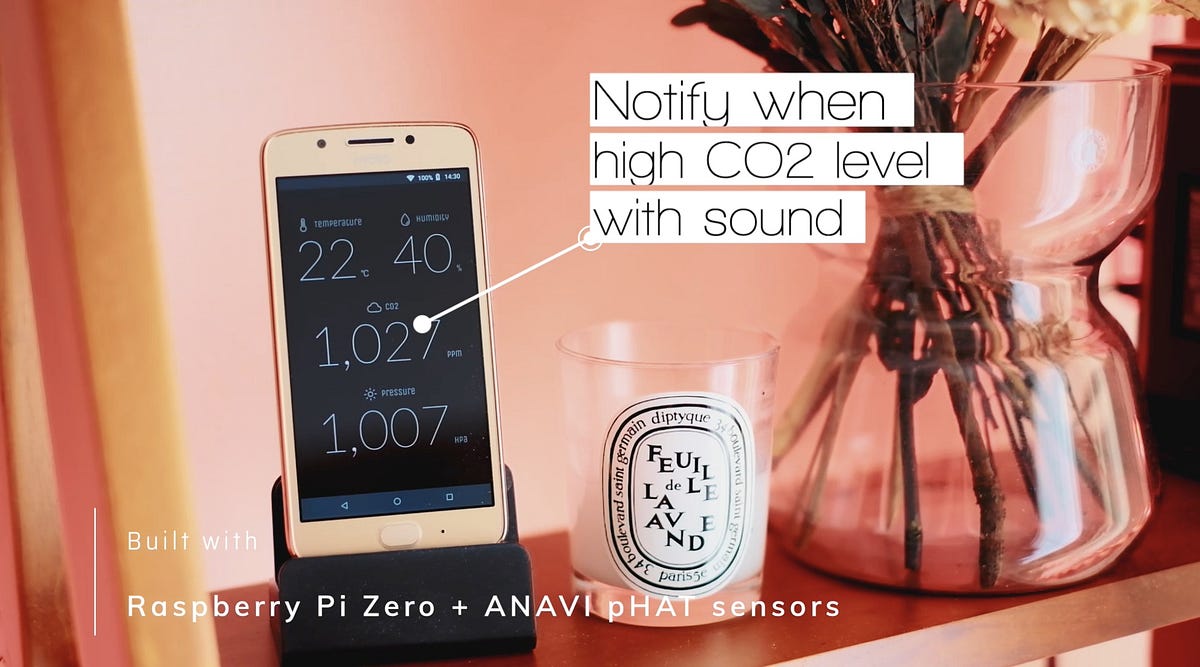
I put plenty of images so you can enjoy it as if you read a magazine :) Let’s get started.
Architecture
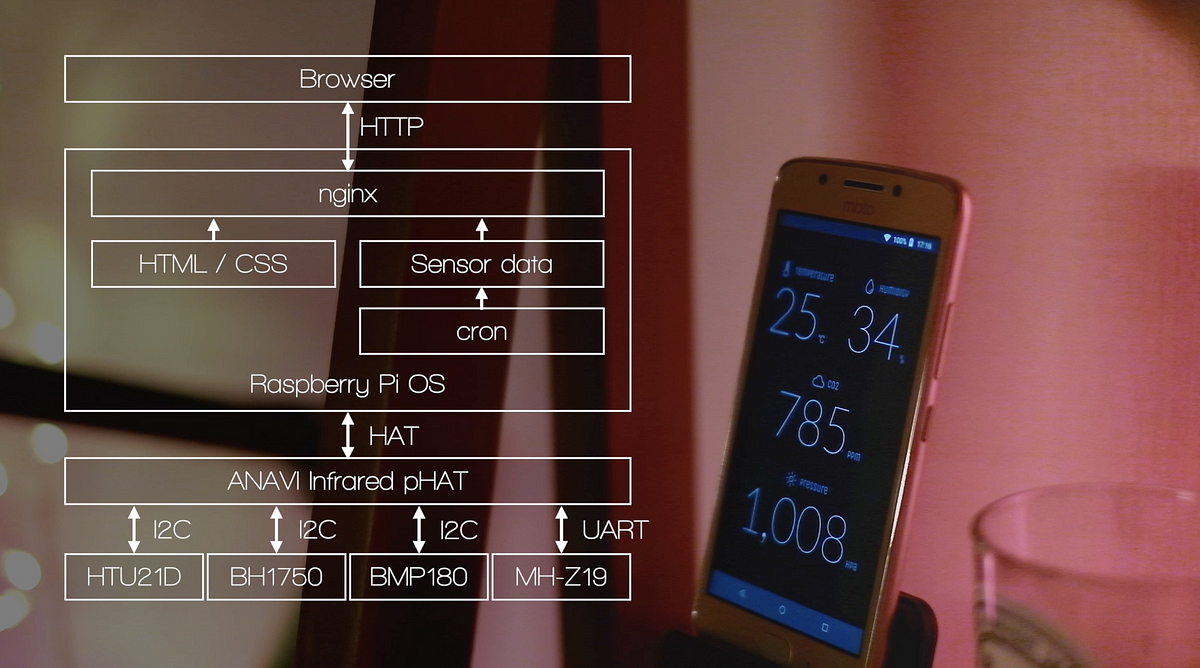
This is the architecture overview.
It is made with a Raspberry Pi Zero W, which runs Nginx and has an ANAVI Infrared pHAT with some sensors attached.
And you can view it from a browser on any device.
Unbox a Raspberry Pi Zero W
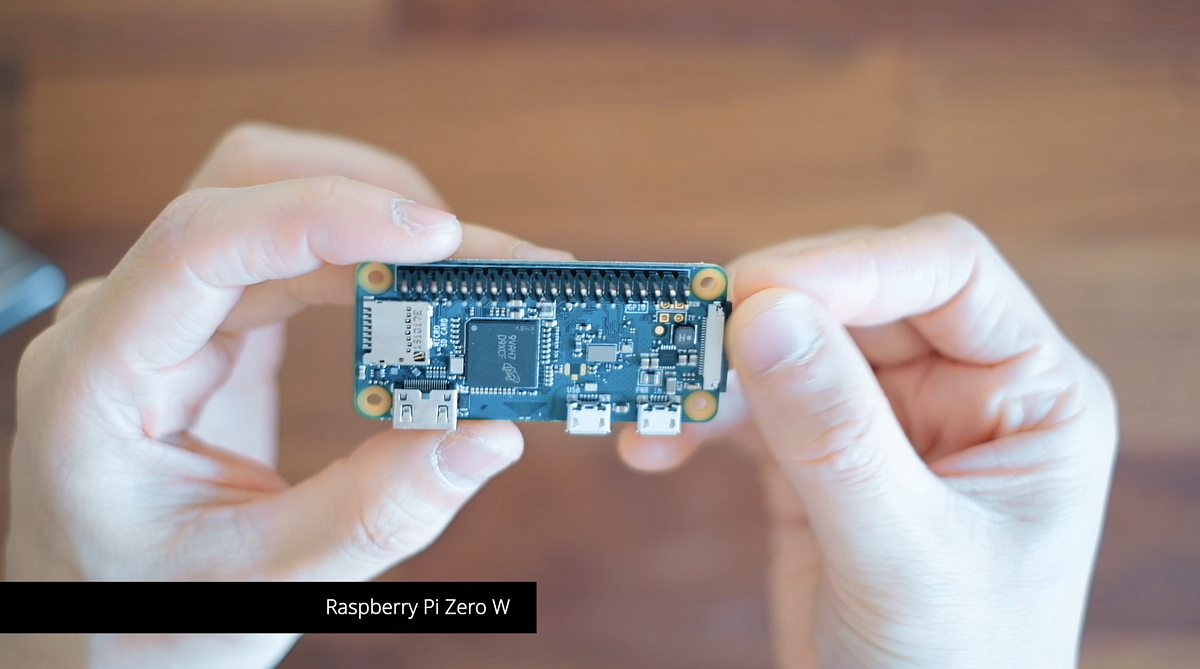
SanDisk 32GB MicroSD Card

Anker 2-in-1 USB C Memory Card Reader
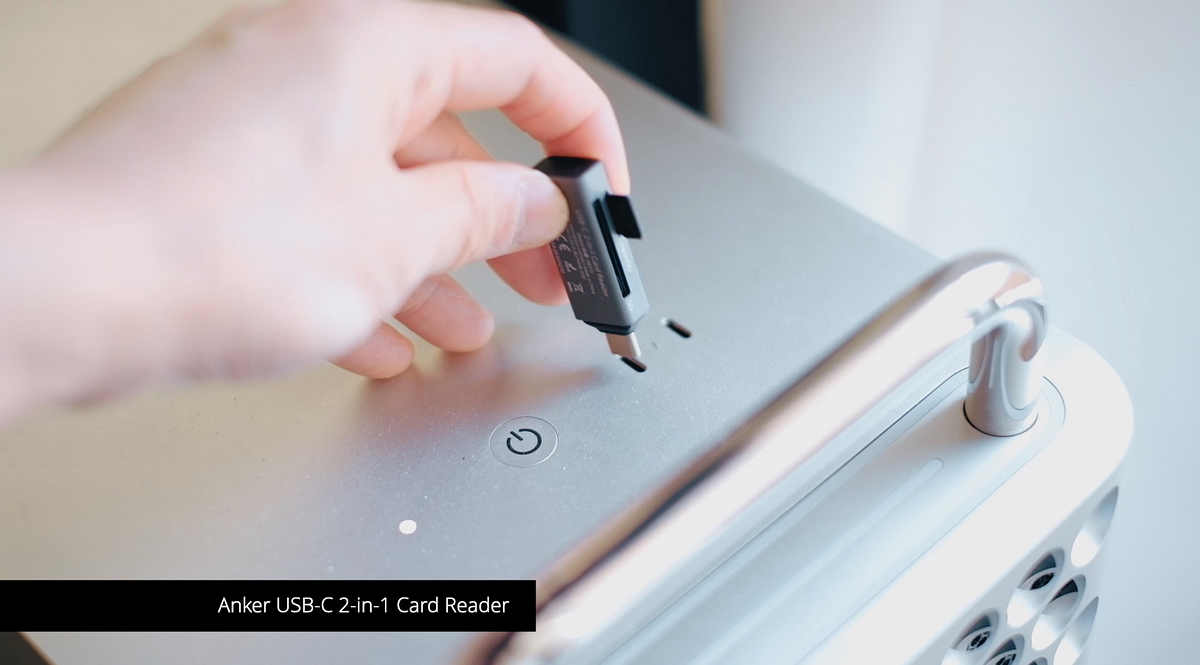
Download Raspberry Pi Imager
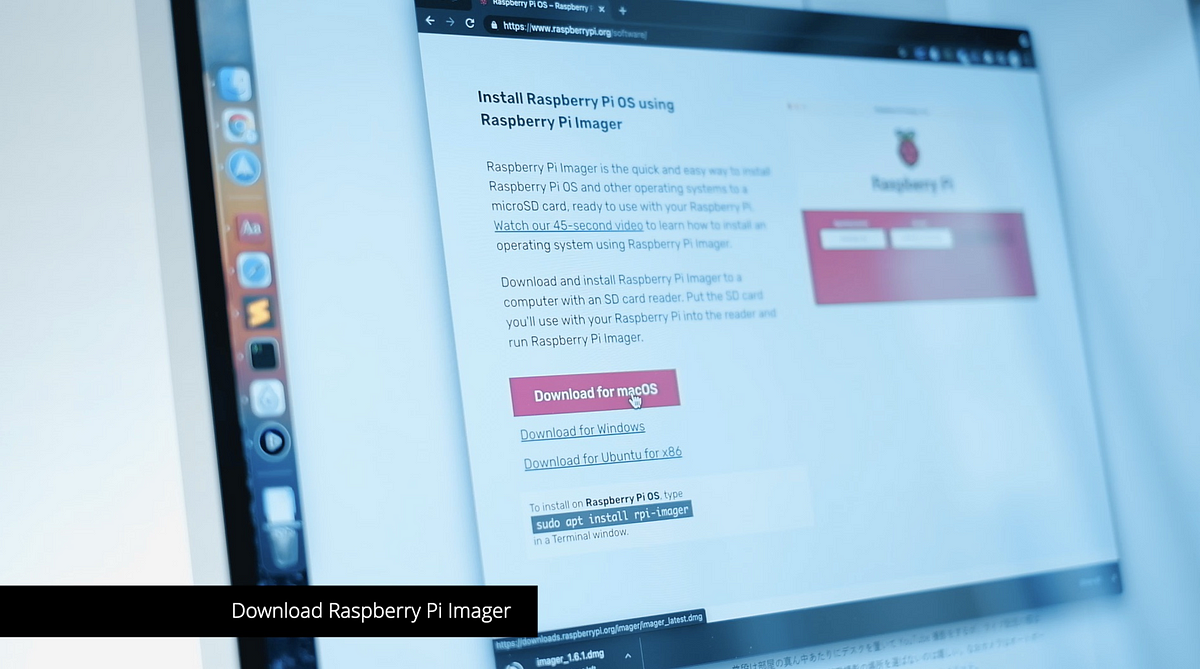
Write a Raspberry Pi OS to the SD Card

Configure your Wi-Fi network

To get your Rasberry Pi to connect your Wi-Fi network, create wpa_supplicant.conf file in the root directory of the SD card memory.
ctrl_interface=DIR=/var/run/wpa_supplicant GROUP=netdev
update_config=1
country=<Insert 2 letter ISO 3166-1 country code here>network={
ssid="<Name of your wireless LAN>"
psk="<Password for your wireless LAN>"
}Enable SSH server
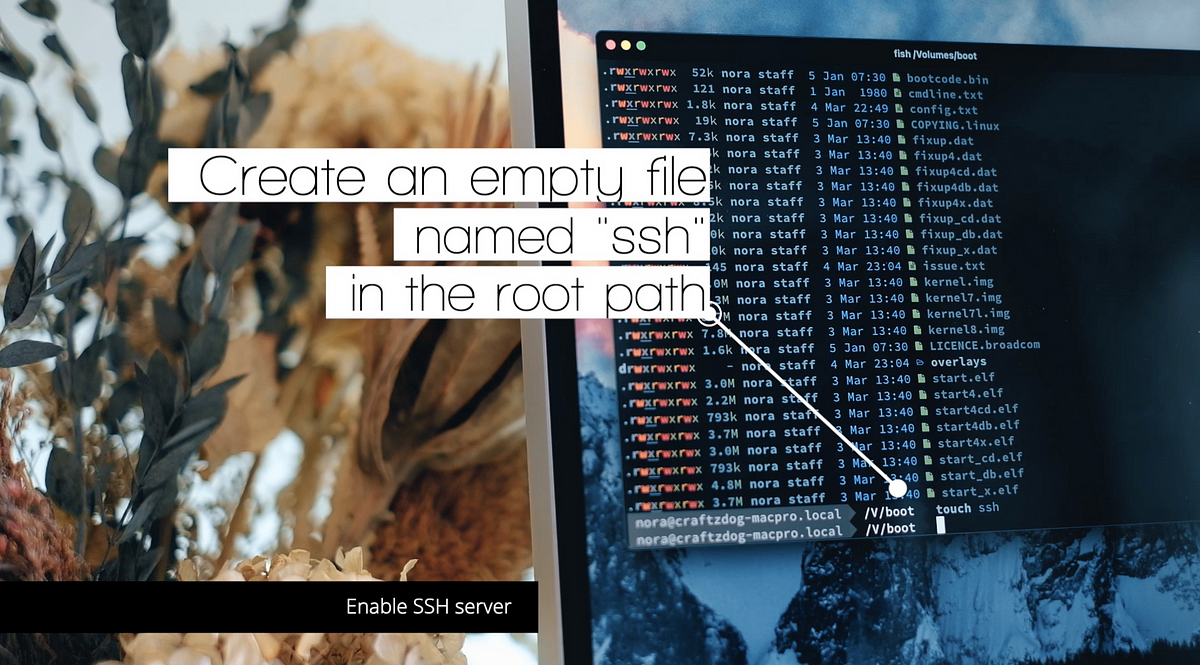
You have to enable SSH server to connect through the network.
Create an empty file named “ssh” in the root directory by touch command.
Boot the Raspberry Pi
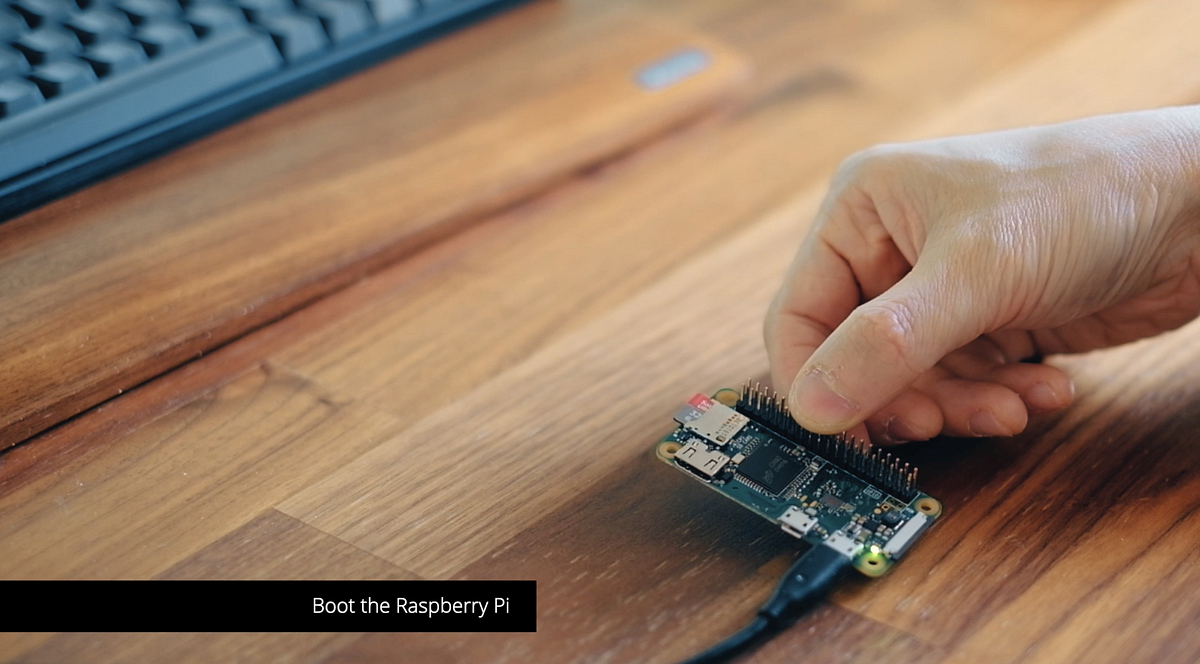
Check if connected to the Wi-Fi network
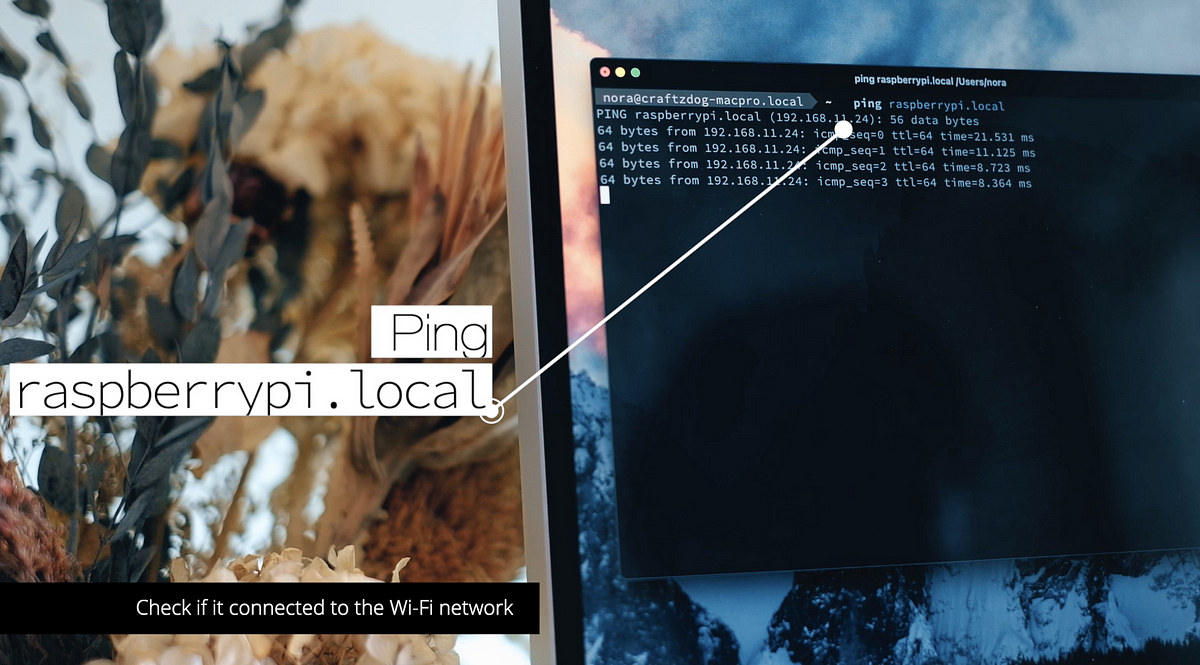
ping raspberrypi.localLog in to the Raspberry Pi via SSH

ssh pi@raspberrypi.local- user:
pi - pass:
raspberry
Unbox an ANAVI Infrared pHAT
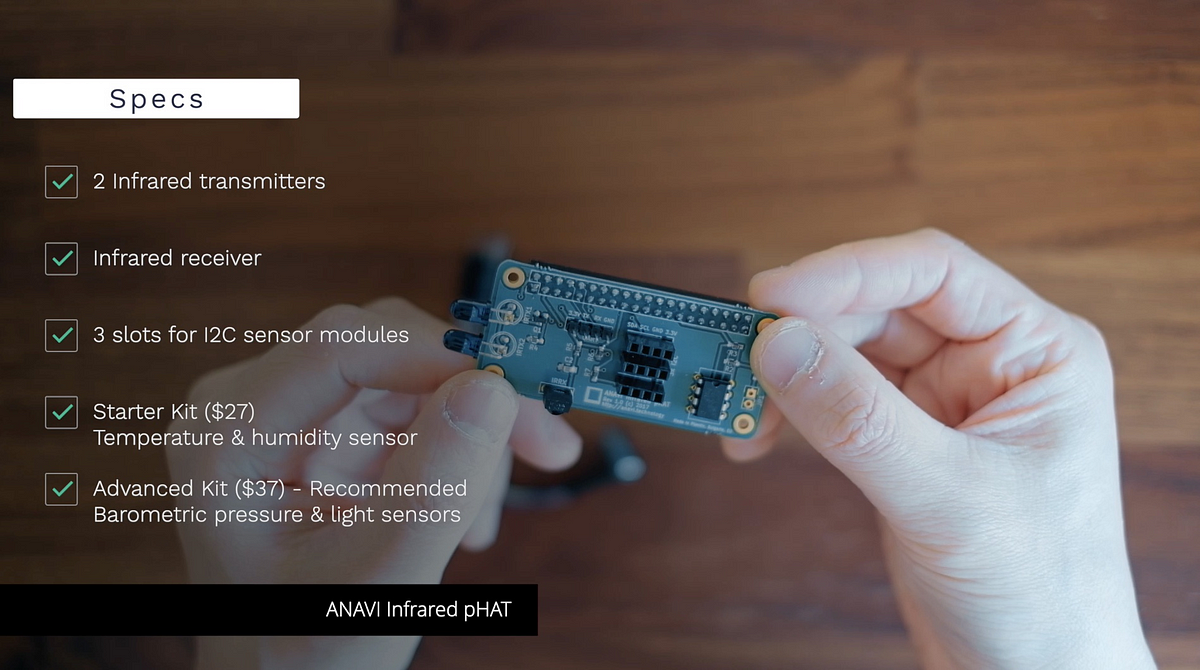
ANAVI Infrared pHAT is an add-on for the Raspberry Pi family, which adds an ability to control your old consumer electronic devices like air conditioning with infrared signals. On top of that, it supports sensor modules. With the advanced kit, you can get these sensor modules for the air quality:
- HTU21D — temperature & humidity
- BMP180 — temperature & barometric
- BH1750 — light
Install the ANAVI Infrared pHAT to the Raspberry Pi Zero

Connect the sensors to the I2C slots
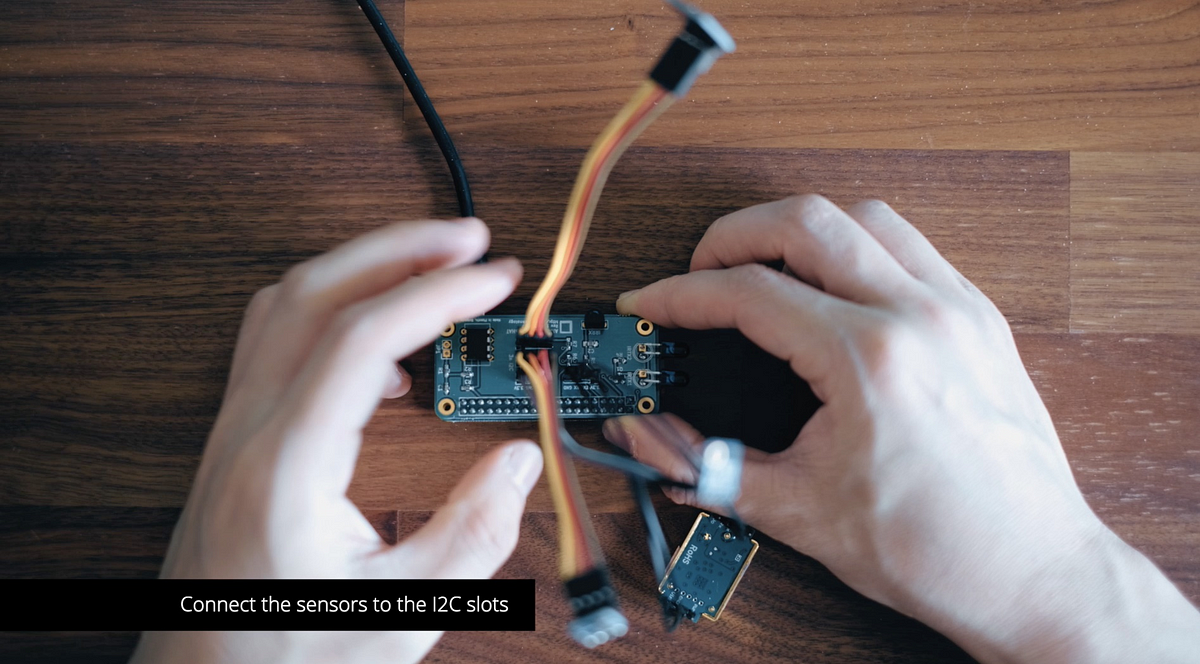
MH-Z19 — CO2 density sensor
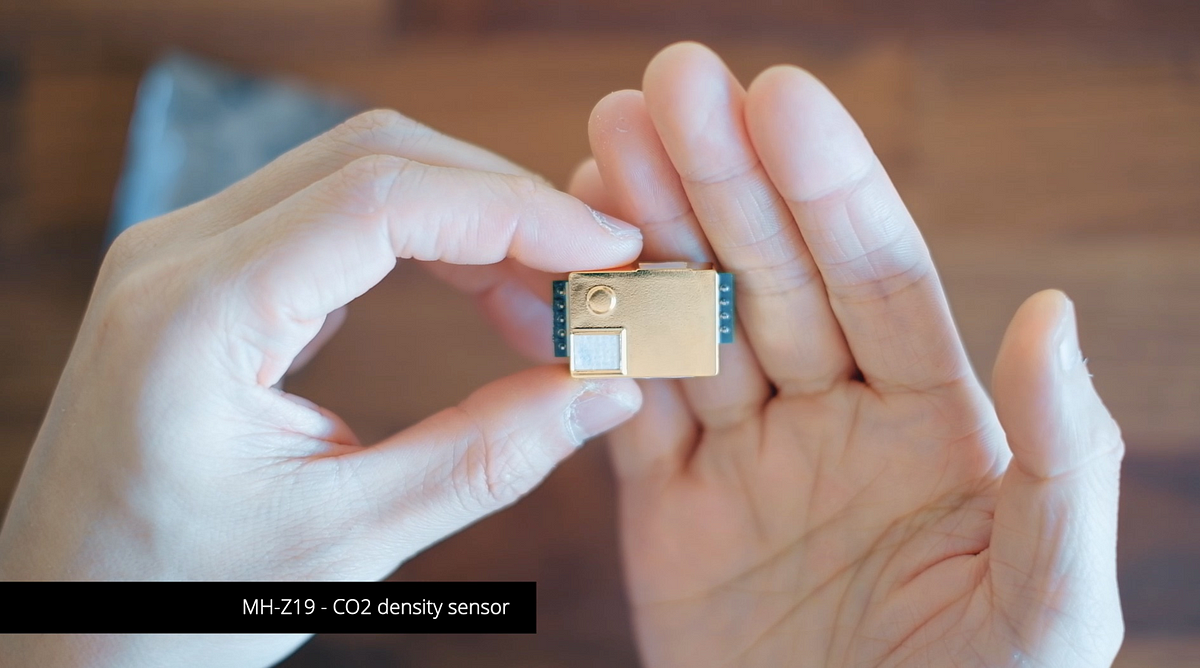
MH-Z19 is a low-cost CO2 density sensor.
Connect MH-Z19 to the UART slot
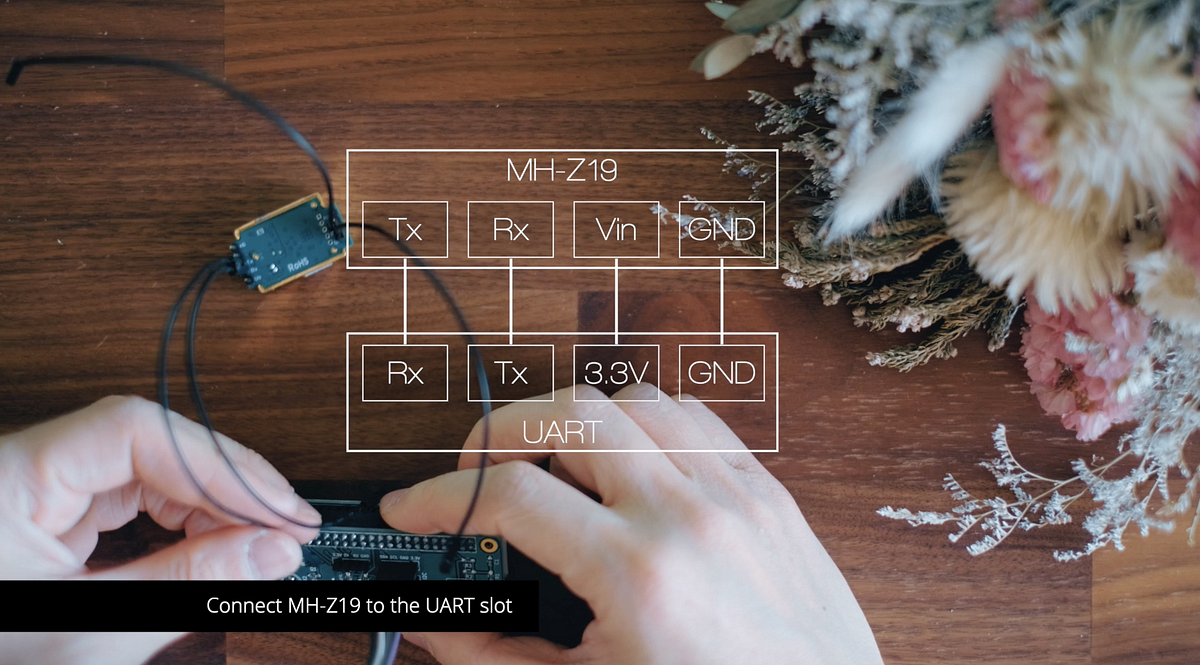
Check if MH-Z19 is working
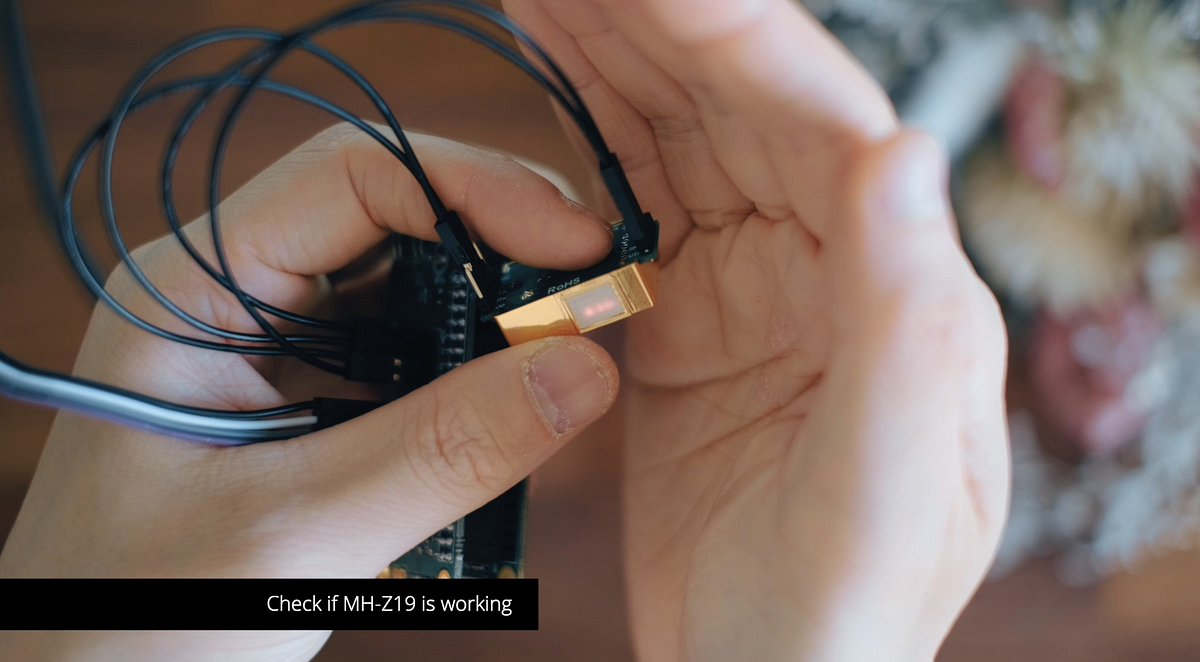
Update Raspberry Pi packages
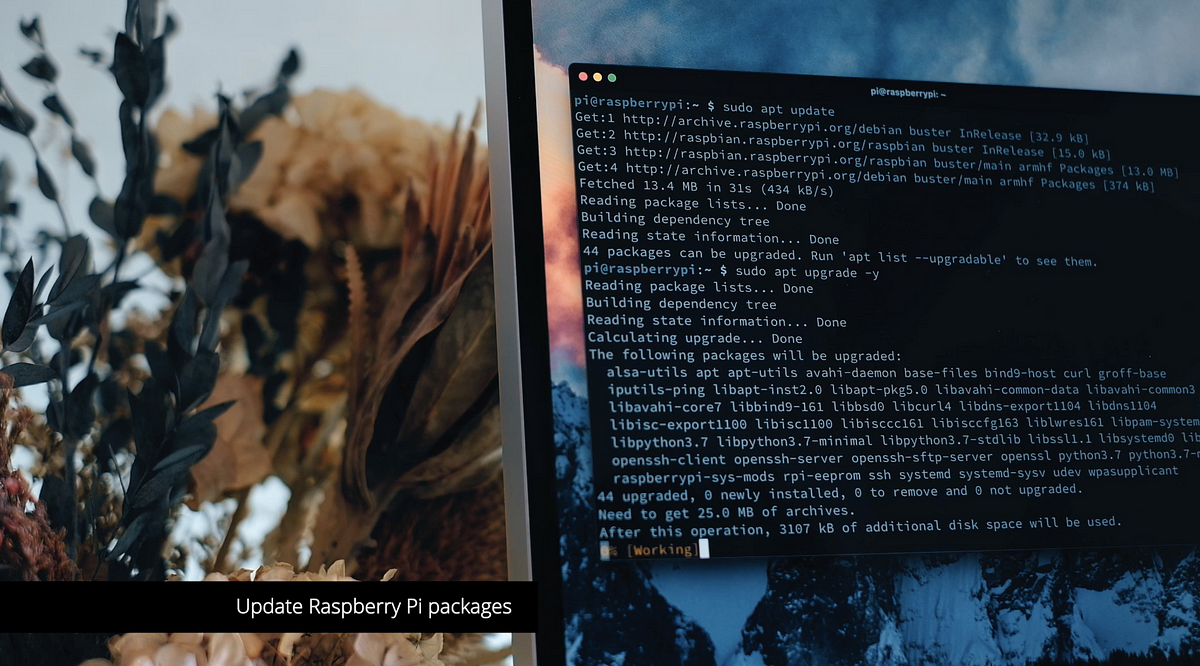
sudo apt update
sudo apt upgrade -yInstall git & build tools
sudo apt install git build-essentialInstall python-smbus and i2c-tools
sudo apt install python-smbus i2c-toolsEnable I2C interface
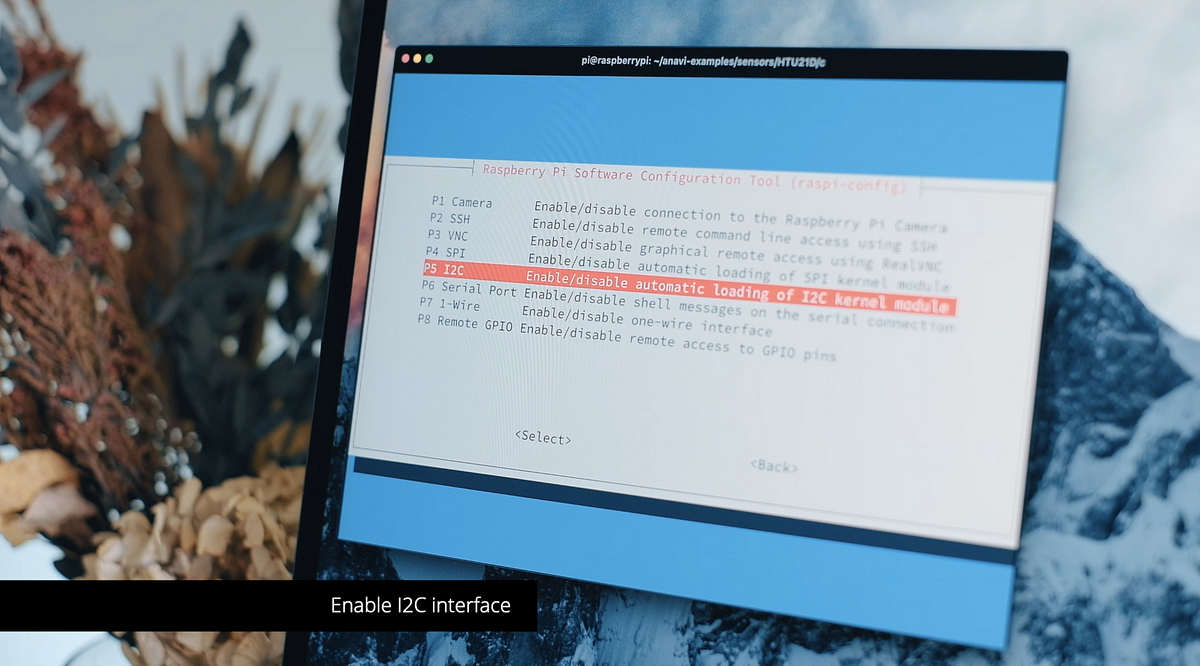
sudo raspi-configChoose ‘Interface Options’ -> ‘I2C’ -> ‘Yes’.
Then, reboot.
Check the I2C interface working
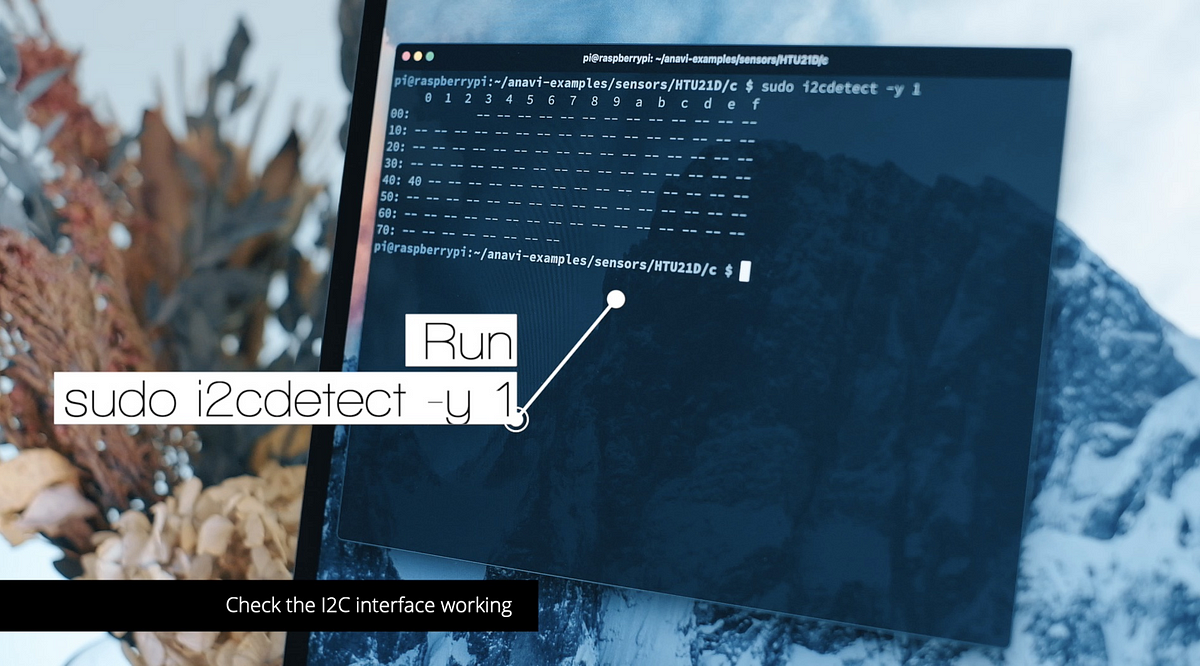
sudo i2cdetect -y 1Get the example code for testing the sensors

git clone https://github.com/AnaviTechnology/anavi-examples.git
cd anavi-examplesInstall wiringpi
sudo apt install wiringpiBuild the example code
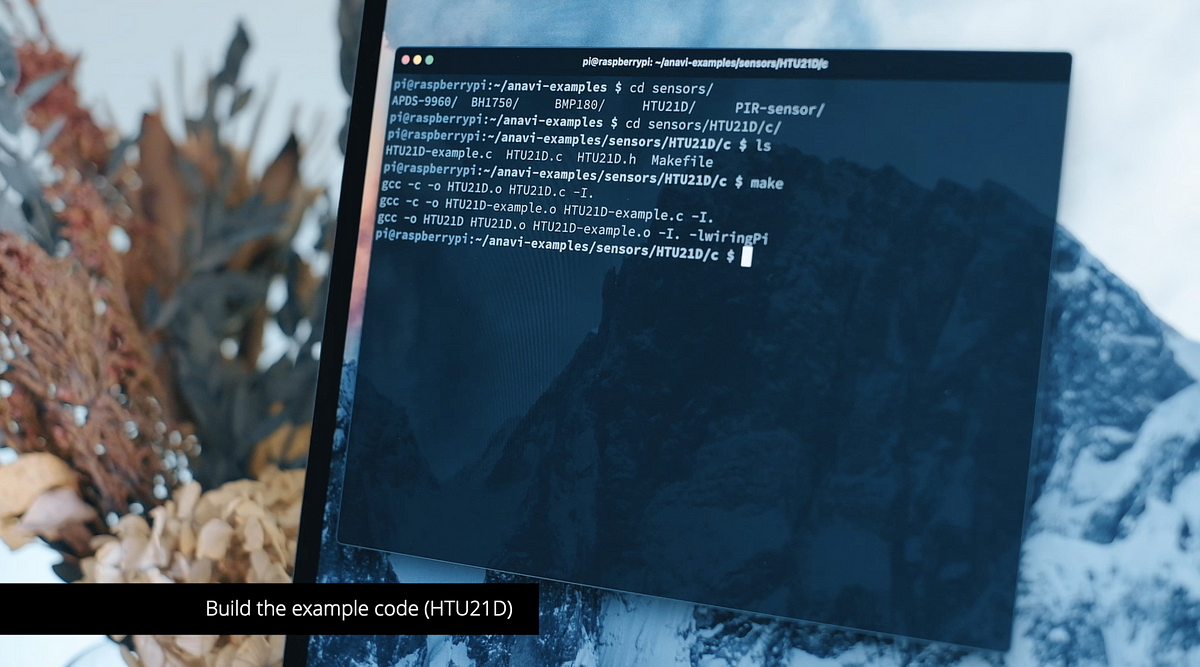
cd ./sensors/HTU21D/c
make
./HTU21DEnable Serial interface
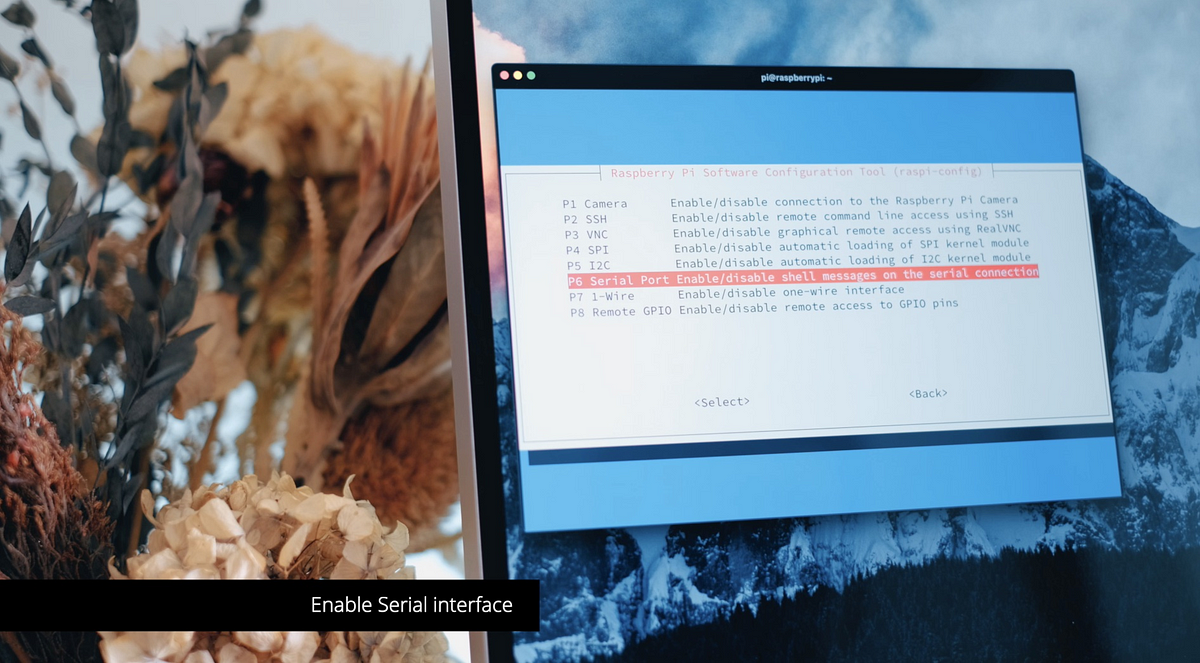
sudo raspi-configChoose ‘Interface Options’ -> ‘Serial Port’ -> ‘No’ -> ‘Yes’.
Install python-pip
sudo apt install python-pipInstall a Python module for mh-z19
sudo pip install mh-z19Test it:
sudo python -m mh_z19
# -> {"co2": 5000}Put MH-Z19 outside for a while for calibration
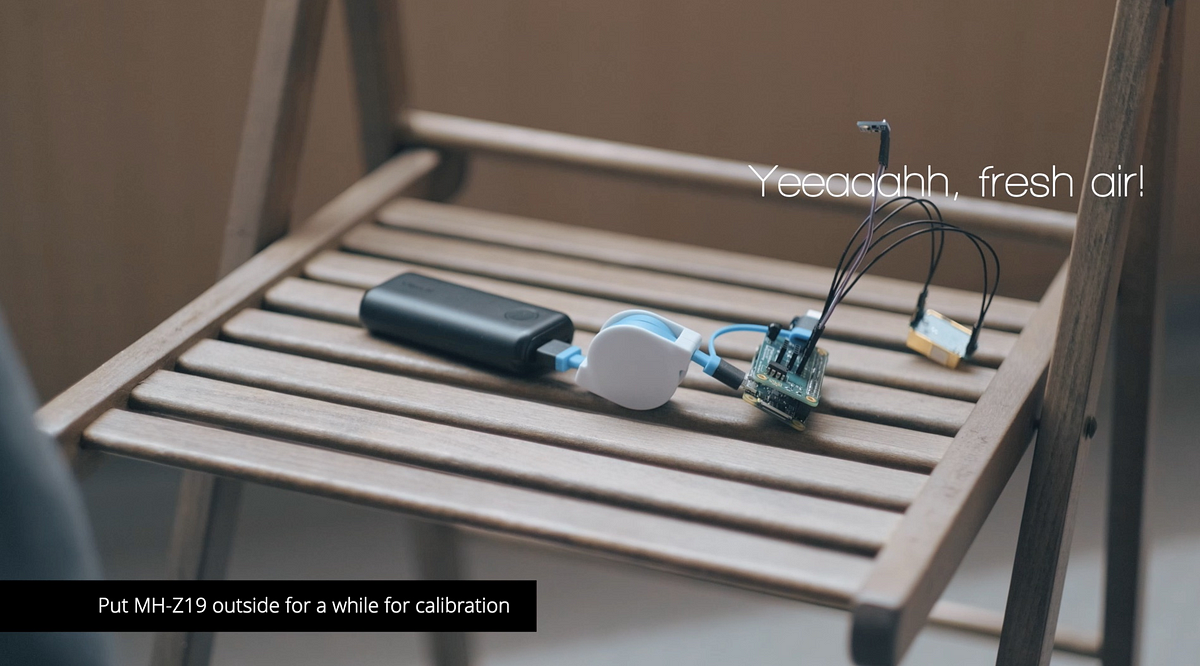
Run ZERO point calibration
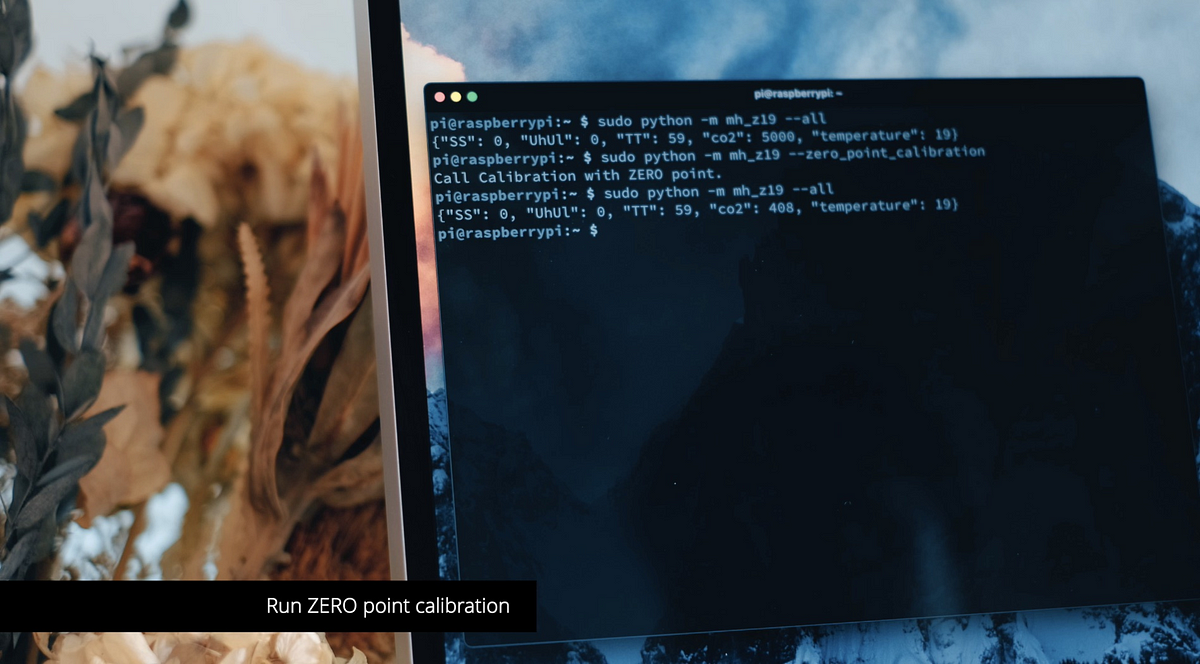
While the device is put outside, run ZERO point calibration to calibrate the CO2 sensor:
sudo python -m mh_z19 --zero_point_calibrationAfter a while:
sudo python -m mh_z19
# -> {"co2": 400}Install nginx web server
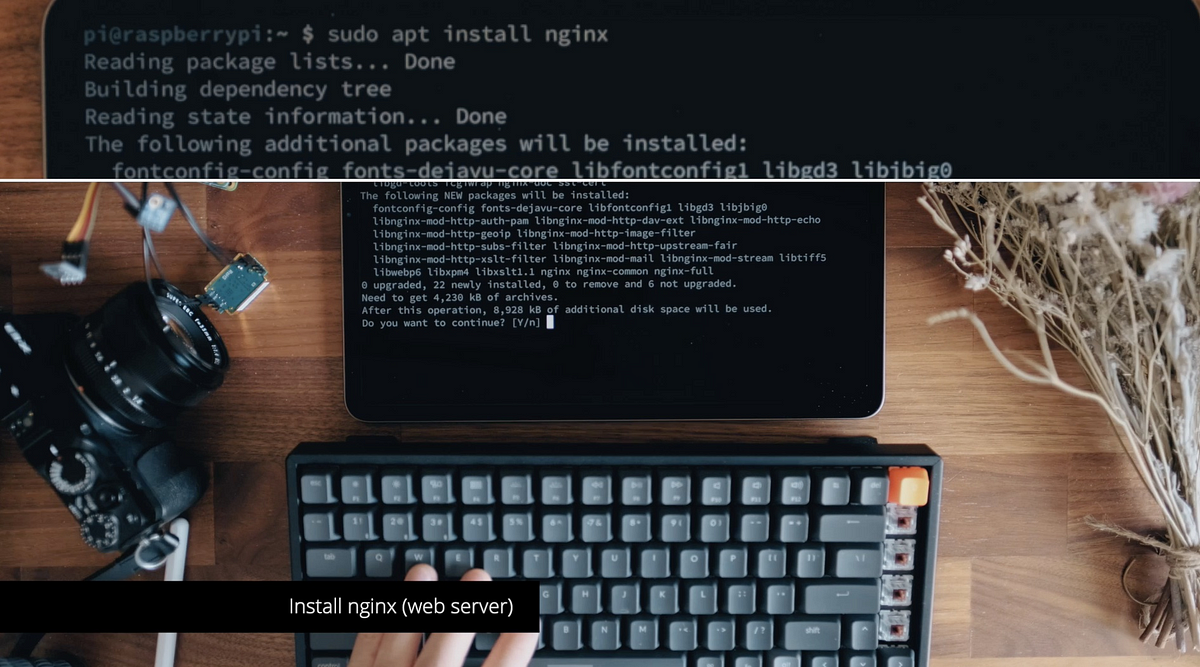
sudo apt install nginxClone a web UI
I published my web UI for displaying the sensor data on GitHub here:
You can reuse it by cloning the repository.
cd ~
git clone https://github.com/craftzdog/anavi-phat-sensors-ui
cd anavi-phat-sensors-uiBuild C programs for the sensors
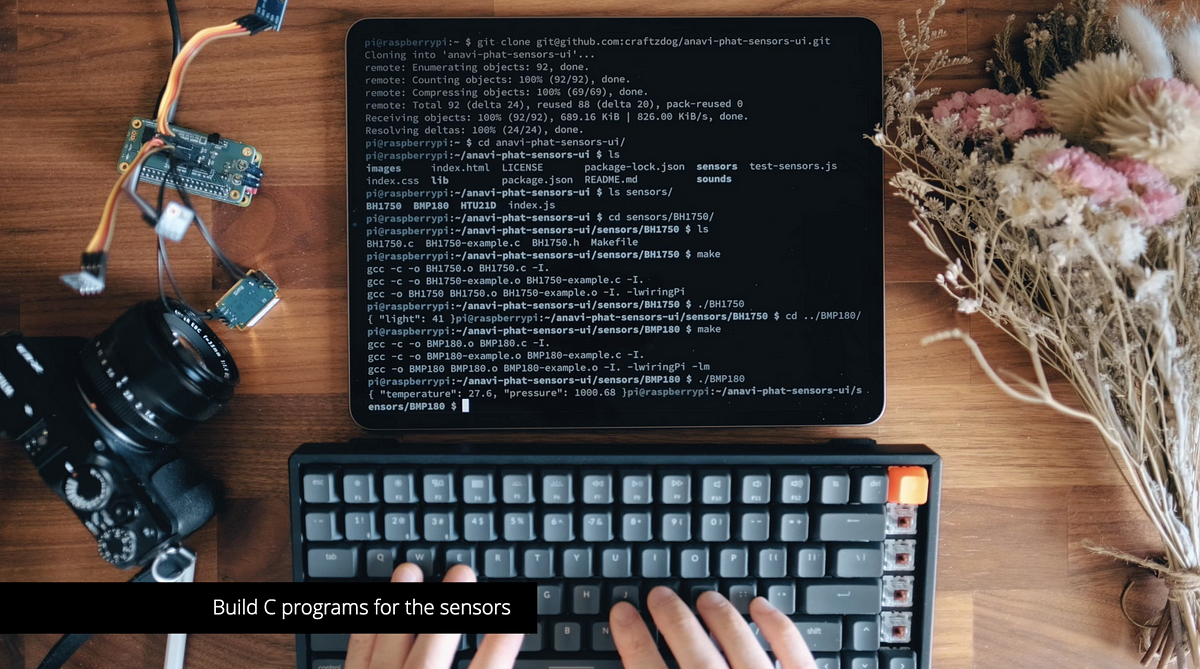
cd sensors/BH1750
make
cd ../HTU21D
make
cd ../BMP180
makePrepare test data
cd ~/anavi-phat-sensors-ui
mkdir data
./sensors/HTU21D/HTU21D > ./data/HTU21D.json
./sensors/BMP180/BMP180 > ./data/BMP180.json
./sensors/BH1750/BH1750 > ./data/BH1750.json
sudo python -m mh_z19 > ./data/MH_Z19.jsonConfigure nginx
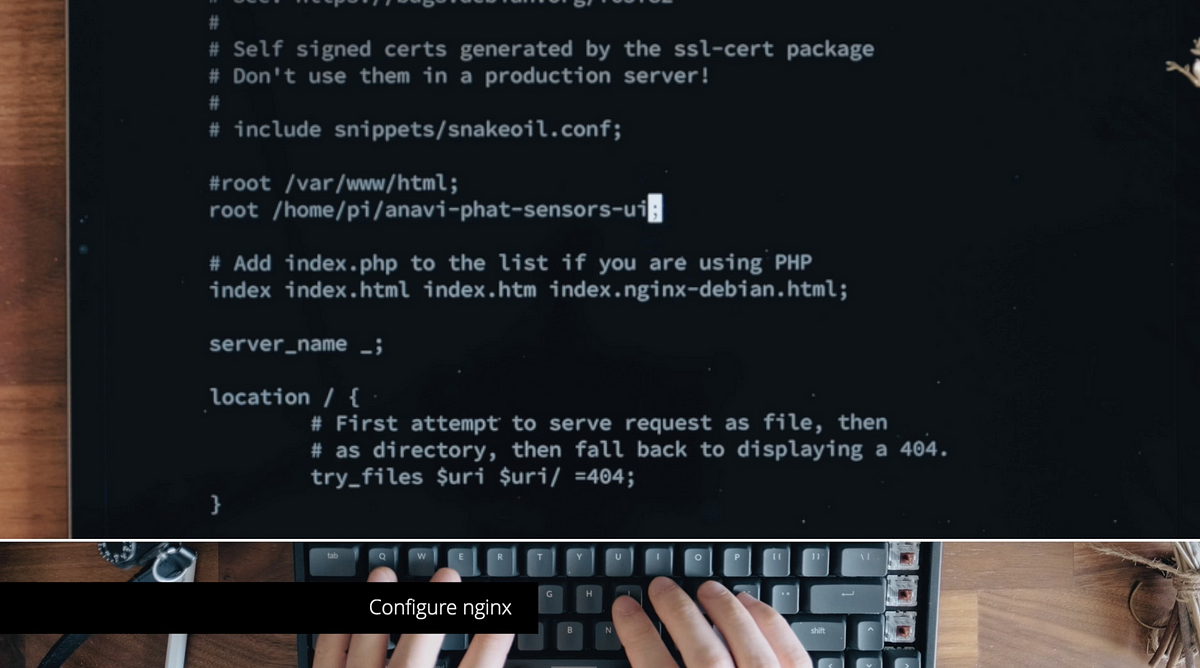
sudo vi /etc/nginx/sites-available/defaultReplace the line:
root /var/www/html;with:
root /home/pi/anavi-phat-sensors-ui;Then, restart nginx.
sudo /etc/init.d/nginx restartOpen the web interface from browser

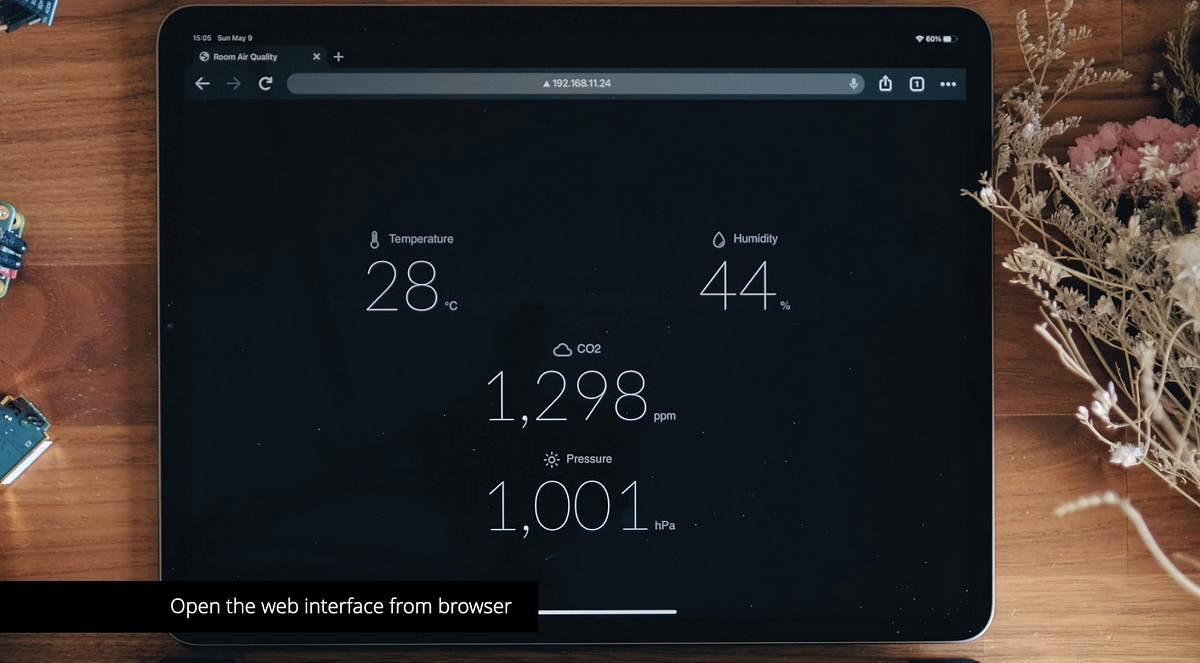
Boom!
Configure root’s crontab to update data every 5 minutes
sudo crontab -eEdit it like so:
*/5 * * * * /usr/bin/python -m mh_z19 > /home/pi/anavi-phat-sensors-ui/data/MH_Z19.json
*/5 * * * * /home/pi/anavi-phat-sensors-ui/sensors/HTU21D/HTU21D > /home/pi/anavi-phat-sensors-ui/data/HTU21D.json
*/5 * * * * /home/pi/anavi-phat-sensors-ui/sensors/BMP180/BMP180 > /home/pi/anavi-phat-sensors-ui/data/BMP180.json
*/5 * * * * /home/pi/anavi-phat-sensors-ui/sensors/BH1750/BH1750 > /home/pi/anavi-phat-sensors-ui/data/BH1750.jsonPut the Raspberry Pi in a cable box
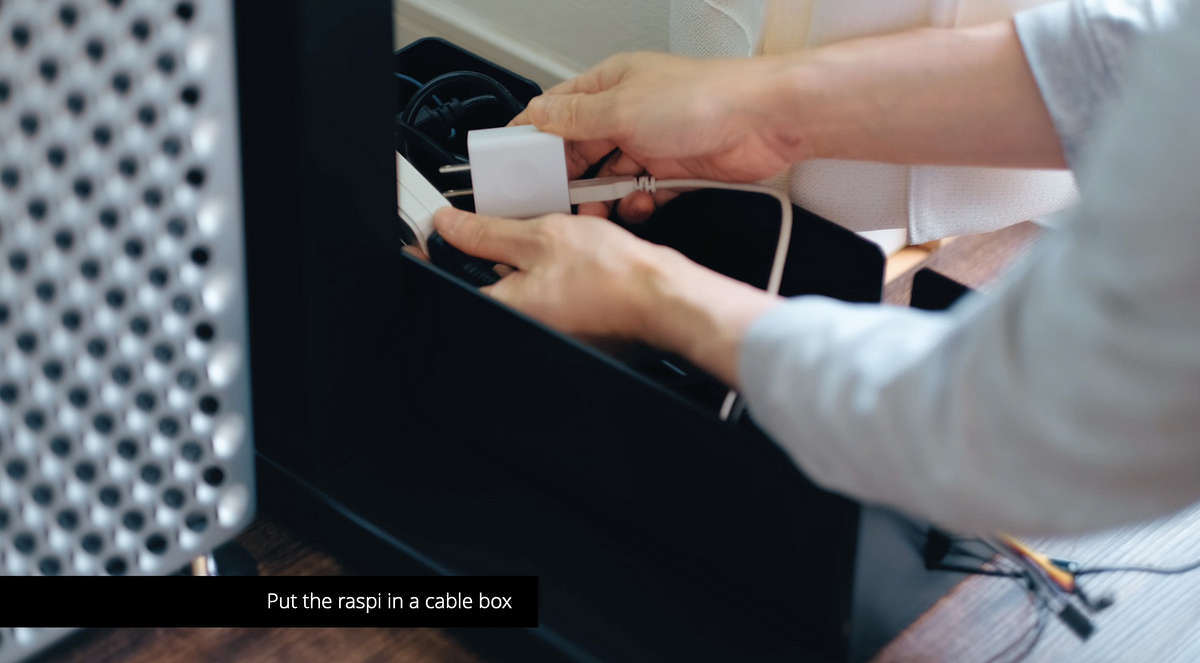
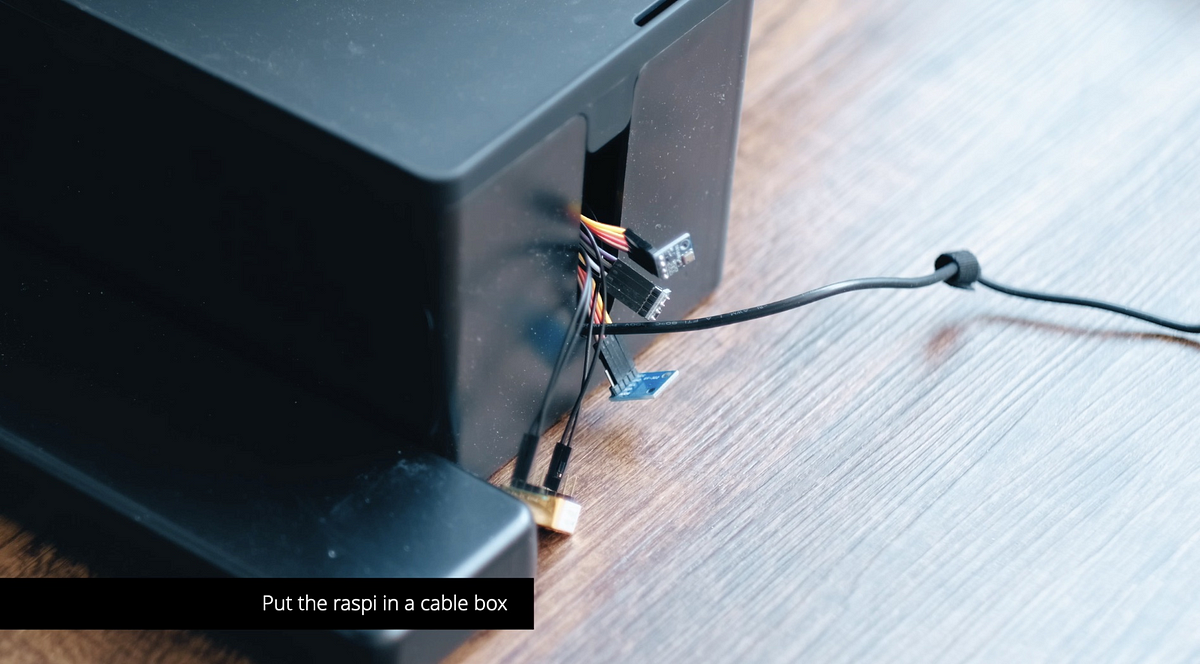

That’s it! I hope you found it helpful. Enjoy hacking.
Follow me online
- Check out my app called Inkdrop — A Markdown note-taking app
- Twitter https://twitter.com/inkdrop_app
- Blog https://www.devas.life/
- Discord community https://discord.gg/QfsG5Kj
- Instagram https://instagram.com/craftzdog




